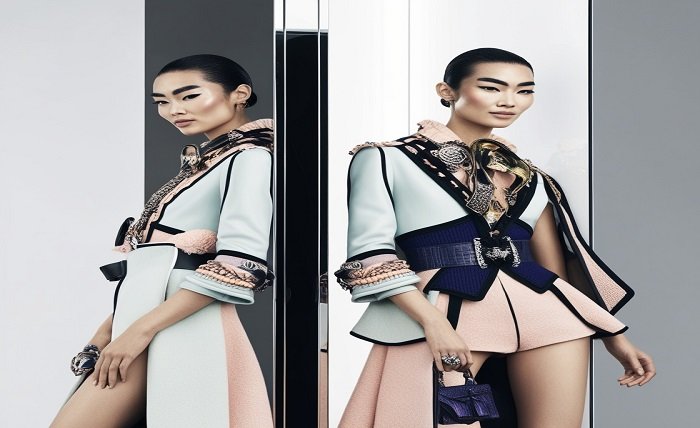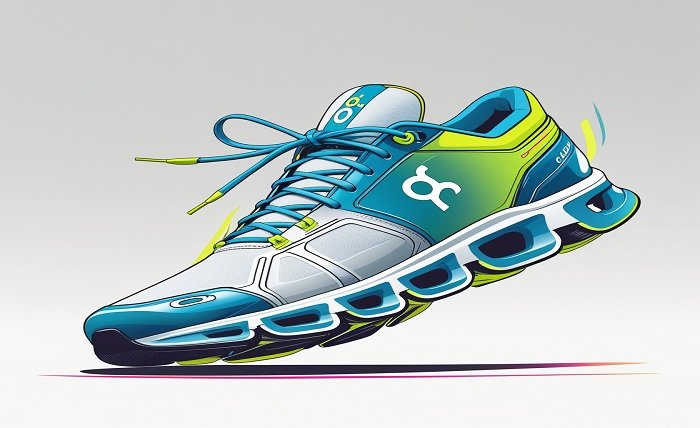The dynamic character of Japanese society is reflected in the rich tapestry of j fashion, short for Japanese fashion, which is woven from a wide range of influences, cultures, and artistic expressions. presents a diverse range of designs that frequently defy expectations, from the streets of Harajuku to the elegant hallways of Tokyo’s Ginza neighborhood. In addition to discussing the history, subcultures, and worldwide influence of J-Fashion, this blog article will offer helpful advice for anyone wishing to adopt this distinctive look.
Table of Contents
ToggleThe History of Japanese Fashion
The origins of j fashion can be found in Japan’s rich cultural and fashion heritage. While Western fashion influences emerged in the post-war era, traditional clothing like kimonos and yukatas served as the foundation for modern trends. These components came together to create a variety of street fashions that defined the next decades.
Traditional Japanese Clothes’ Influence
A key component of j fashion‘s foundation is traditional attire. With its elaborate patterns and vivid hues, the kimono serves as an inspiration for many contemporary fashions and fosters a feeling of cultural identity even in modern environments.
Western Impact After World War II
A significant change in fashion resulted from Japan’s opening to Western influences following World War II. Japanese street style was transformed with the advent of denim, casual clothing, and the punk aesthetic, which opened the door for new trends.
Important Subcultures in J-Fashion
j fashion is a diverse fusion of subcultures, each with unique traits, rather than a single, cohesive entity. Anyone wishing to learn more about Japanese fashion must have a solid understanding of these subcultures.
The Harajuku Style
j fashion is linked with Harajuku. Bold colors, fun accessories, and a blend of pop culture inspirations define this style, which is known for its young enthusiasm.
Gyaru
Glamor and audacity are key components of Gyaru fashion. This subculture, which frequently draws inspiration from Western celebrities, celebrates browned skin tones, intricate haircuts, and flashy attire.
Lolita
Victorian and Rococo styles are the main sources of inspiration for Lolita fashion. It frequently includes petticoats, lace, and other embellishments, emphasizing elegance and modesty. For many people, this style is a way of life rather than just a fashion statement.
The Function of Media and Fashion Events
In Japan, fashion shows are essential for advancing j fashion. Local street style events and Tokyo Fashion Week present up-and-coming designers and establish trends.
Fashion Week in Tokyo
Tokyo Fashion Week is a significant occasion that showcases both well-known and emerging designers. It provides a stage for exhibiting avant-garde creations that frequently capture the distinct culture of Japan.
Social media and blogs with a street style
The popularity of social media has increased j fashion‘s reach. The distinctive features of Japanese street style are further promoted by platforms such as Instagram and TikTok, which enable aficionados to connect with a worldwide audience and share their outfits.
Famous J Fashion Labels
Many brands have contributed significantly to the development of j fashion. Navigating the huge world of Japanese style might be made easier if you are familiar with these companies.
Comme des Garçons
Comme des Garçons, which was founded by designer Rei Kawakubo, is renowned for its cutting-edge styles and conceptual approach to fashion. The brand is a mainstay of j fashion since it questions conventional ideas of beauty and style.
Miyake Issey
Issey Miyake is well-known for using technology and cloth in novel ways. His creations are both practical and artistic, frequently fusing contemporary methods with traditional Japanese aesthetics.
Purchasing J-Fashion
Knowing where to shop is crucial for anyone wishing to get involved in J-Fashion. There are many possibilities whether you’re purchasing online or in Japan.
Japanese local boutiques
Unique treasures can be found by perusing neighborhood boutiques in places like Shibuya and Harajuku. Numerous tiny stores create collections that showcase the newest j fashion trends.
Internet-Based Merchants
There are many different j fashion products available on websites such as Tokyo Otaku Mode and ZOZOTOWN. International consumers can more easily access Japanese brands thanks to these platforms.
Second-Hand Shops
Japan’s second-hand stores, like Kiddy Land in Harajuku, are gold mines of unusual vintage goods. Purchasing used clothing encourages sustainable fashion in addition to saving money.
J-Identity and Fashion
j fashion is not an exception to the rule that fashion is a potent medium for self-expression. It enables people to communicate their cultural backgrounds, identities, and views.
Fluidity of Gender
Gender fluidity is embraced by several j fashion subcultures, enabling people to express themselves in ways that go beyond conventional gender roles. One characteristic that sets contemporary J-Fashion apart is its inclusivity.
Cultural Personality
j fashion allows many young Japanese people to embrace contemporary influences while maintaining a connection to their cultural background. It acts as a link that connects the past and present.
Conclusion
j fashion is a dynamic manifestation of culture, individuality, and inventiveness that goes beyond simple apparel. There is something for everyone in its varied subcultures, which mirror the complexity of contemporary Japanese society. j fashion encourages you to discover and express your uniqueness, regardless matter whether you’re inclined to the boldness of Gyaru, the elegance of Lolita, or the whimsical aesthetics of Harajuku.
FAQ
What is J-Fashion?
The term “j fashion” describes a wide range of Japanese-inspired fashion trends that draw inspiration from various subcultures.
Where can I buy J-Fashion clothing?
In Japan, you can purchase j fashion from second-hand shops, internet merchants, and neighborhood businesses.
How can I begin adding J-Fashion pieces to my closet?
To create a distinctive appearance that expresses your individual style, start simply by adding delicate pieces and accessories, then progressively mix and match. Find out more information: toonstream
Which J-Fashion subcultures are the most prominent?
Japanese streetwear, Gyaru, Lolita, Visual Kei, and Harajuku are important subcultures.








